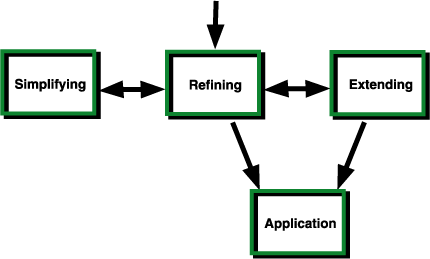Task
progression model
Word a task appropriate for development and experience of the students
"Show me how you can skip lightly around the gym changing directions."

Move cursor over model to read general prompts for what a teacher uses to develop a basic task model task progression.